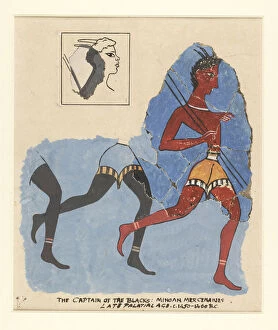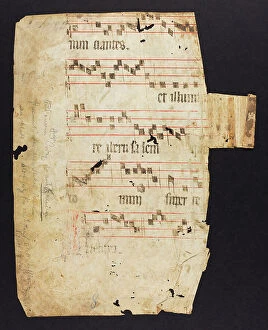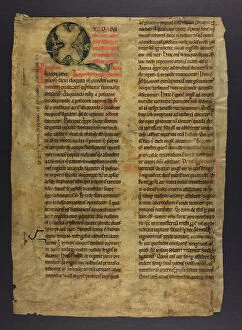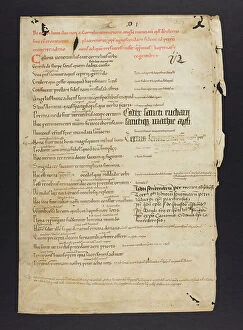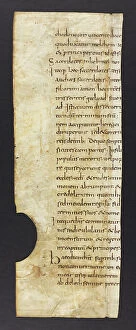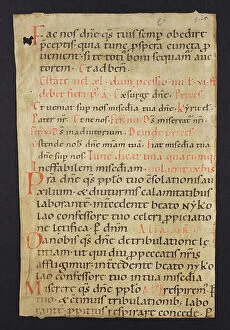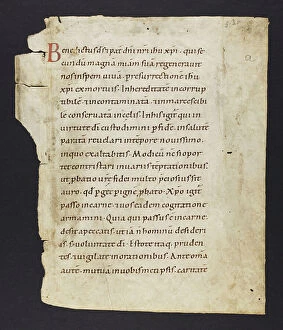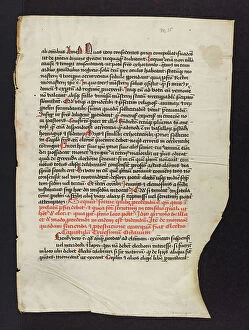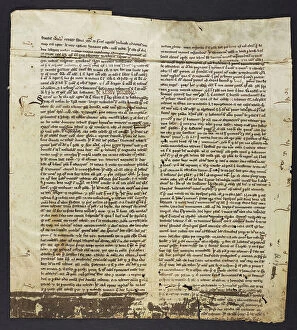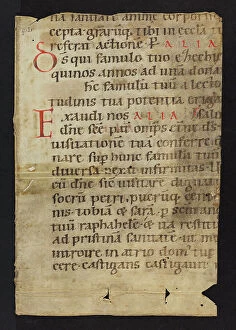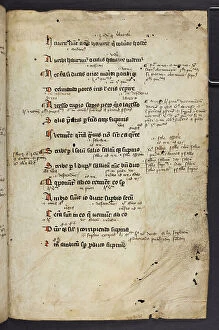Fragments Collection (page 2)
In a world filled with fragments, the past whispers its stories through time
All Professionally Made to Order for Quick Shipping
In a world filled with fragments, the past whispers its stories through time. Old Bill kneels in front of the Cenotaph in Whitehall, his weathered hands tracing the fragmented memories etched into stone. Each crack and crevice holds a piece of history, reminding us of sacrifices made. Across continents, another fragment emerges from the depths of antiquity - a Dead Sea scroll fragment dating back to the 1st century AD. Its delicate parchment unravels secrets lost to time, offering glimpses into ancient civilizations and their beliefs. But they can not confined to scrolls alone; they manifest in various forms. An Antiphonal Incunable Fragment carries melodies that once echoed through grand cathedrals, while a Gradual Fragment reveals snippets of sacred chants sung during religious ceremonies. Incunabula continue to unveil their fragmented beauty as we encounter Noted Breviary and Sacramentary Fragments. These remnants transport us back to an era when books were meticulously crafted by hand and adorned with intricate illustrations. Within these pages lies yet another treasure – a Noted Hymnal Fragment – where notes dance across faded lines like musical whispers from centuries ago. And amidst it all, we stumble upon more Noted Breviary and Missal Fragments that offer fleeting glimpses into prayers uttered by faithful souls long gone. Even bindings bear witness to fragments' allure; Paper and Parchment Binding Fragments hold within them tales untold - stories hidden between layers of protective covers meant for preservation but now revealing only tantalizing clues about what was once contained within. And so it goes on - an endless cycle of discovery as each fragment unveils just enough to leave us yearning for more. Like an incomplete puzzle waiting patiently for missing pieces, these fragments remind us that history is never fully complete or comprehensible. Yet even in their incompleteness, they possess an undeniable power - stirring our imagination and connecting us to the past in ways that only fragments can.




